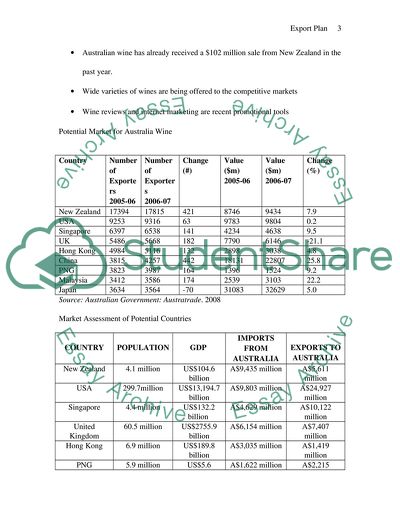Cite this document
(Export Material Business Plan Example | Topics and Well Written Essays - 2750 words, n.d.)
Export Material Business Plan Example | Topics and Well Written Essays - 2750 words. https://studentshare.org/marketing/1714175-importing-and-exporting
Export Material Business Plan Example | Topics and Well Written Essays - 2750 words. https://studentshare.org/marketing/1714175-importing-and-exporting
(Export Material Business Plan Example | Topics and Well Written Essays - 2750 Words)
Export Material Business Plan Example | Topics and Well Written Essays - 2750 Words. https://studentshare.org/marketing/1714175-importing-and-exporting.
Export Material Business Plan Example | Topics and Well Written Essays - 2750 Words. https://studentshare.org/marketing/1714175-importing-and-exporting.
“Export Material Business Plan Example | Topics and Well Written Essays - 2750 Words”. https://studentshare.org/marketing/1714175-importing-and-exporting.


